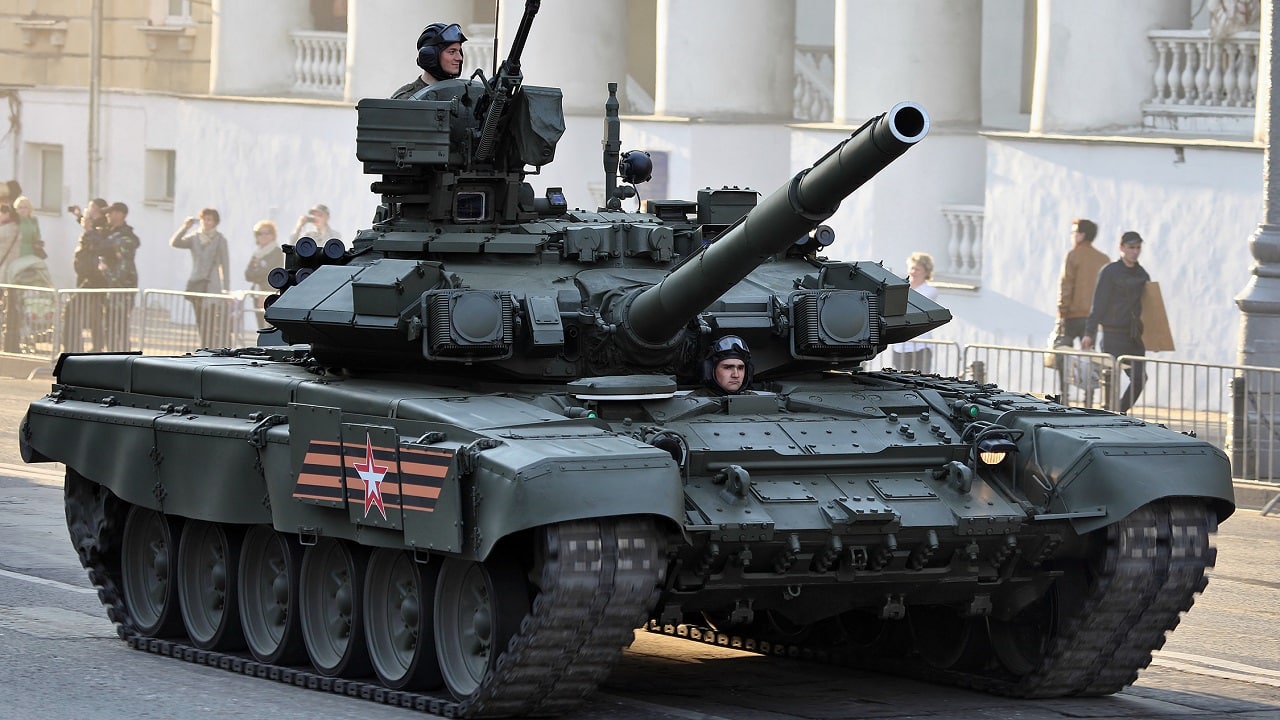Russia’s Air Force Could Soon Start an Aerial Bombardment Campaign in Ukraine – So far, the war in Ukraine has not featured a complete Russian shock and awe aerial bombing campaign from the Russian Air Force.
Indeed, the Russians assumed they would achieve air superiority early. They haven’t completely achieved this during the first week of combat. Putin believed that stand-off rocket, cruise missile, and conventional ballistic missile attacks, along with swarming armored forces, would accomplish the mission and allow for the quick decapitation of Kyiv and early regime change.
So what happens next? Look for Russia to engage in a “siege mentality” by armored forces surrounding Kyiv with the air force firing air-to-ground missiles and dropping bombs on civilian population centers.
Russia vs. Ukraine – Which Side Is In Charge of the Skies?
The state of air superiority is open to dispute. The Russians have claimed they have total command in the air. Russia’s Defense Ministry spokesman Igor Konashenkov said that the Russian Air Force has “destroyed eight Buk M-1 air defense system vehicles, an S-300 missile system, three radars and five aircraft in the past 24 hours,” according to the Moscow Times on February 28.
Alternatively, the Ukrainian Defense Ministry said on February 28 that Ukrainian forces have shot down 29 airplanes and 29 helicopters.
Hard to Know Whether Damage Reports Are Correct
It is difficult if not impossible to determine which side is correct in their interpretation of exact losses, but it would seem that air space above Ukraine is still contested and up for grabs.
Questionable Air Tactics Undertaken by the Russians
The Russian air campaign has exhibited unexpected tactics. At the beginning of the invasion, according to British think tank Royal United Services Institute (RUSI), Russia primarily focused on a bombardment using ground-launched cruise and ballistic missiles, plus multiple-launched rockets. This attack targeted command and control centers, early warning radar systems, and airport runways. These actions were expected to prep the battlefield for maneuver warfare.
Why Are Russian Fighters and Bombers Staying Behind?
What is surprising, according to RUSI analyst Justin Bronk, is that the estimated 300 modern strike fighters such as the Su-30, Su-34, and Su-35s mainly stayed on the ground and did not attempt bombing sorties with precision-guided munitions or dumb bombs. These fighters were stationed near the Ukrainian border and could have attacked and destroyed more Ukrainian surface-to-air missile sites and fighter planes on the ground or in the air.
Ukrainian warplanes are still flying over Ukraine having survived the initial stand-off missile attack by the Russians. They are able to destroy Russian armored columns, logistical units, and attack helicopters. This prowess in the air has given the Ukrainians a morale boost.
Are the Russians Already Lacking Their Own Mobile Air Defenders?
Russian mobile air defense systems have sometimes not kept up with the armored columns and this has also led to losses at the hands of Ukrainian warplanes. There may not be enough precision-guided munitions for Russian fighters. Meanwhile, military leadership has mostly resisted the use of aerial unguided munitions that would create collateral damage and put Ukrainian civilians in danger.
What Is Next?
The initial Russian armored attacks on Kyiv have bogged down. So, the Russians have paused and waited for a logistics chain, adjusted to gain their bearings, re-grouped, and formed a new convoy that is streaming in from the north to attack Kyiv. The convoy is reportedly 17 miles long with “hundreds of armored vehicles, tanks, towed artillery, and logistics support vehicles,” according to Axios reporters Zachary Basu and Dave Lawler on February 28.
Russian Siege Mentality
Putin’s generals are intent on executing a plan to surround the capital. This is when the Russian Air Force will use its fighters and bombers to attack the city center. The same plan will likely take place in Kharkiv, Ukraine’s second largest city that is undergoing significant artillery shelling as of February 28.
If the Ukrainians continue to fight hard in the outskirts of the cities, as they are expected, look for an increased use of Russian air power that would hit civilian population centers and make an already bloody war that much deadlier. Then the Russians would lay siege to Kyiv and Kharkiv with air force carpet-bombing after surrounding the cities on the ground.
Now serving as 1945’s Defense and National Security Editor, Brent M. Eastwood, PhD, is the author of Humans, Machines, and Data: Future Trends in Warfare. He is an Emerging Threats expert and former U.S. Army Infantry officer. You can follow him on Twitter @BMEastwood.

